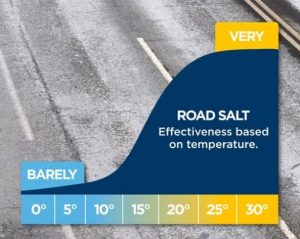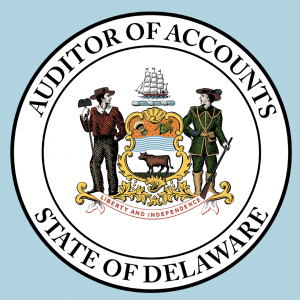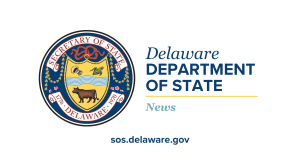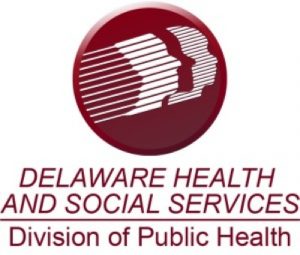Wilmi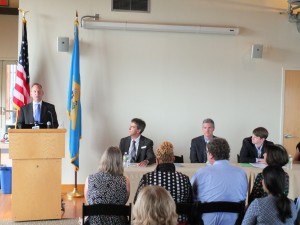 ngton, DE – At an event along the Wilmington riverfront commemorating Sea level Rise Awareness Week, Governor Jack Markell signed an executive order creating a Governor’s Committee on Climate and Resiliency to oversee development of an implementation plan to maintain and build upon Delaware’s leadership in responsibly reducing greenhouse gas emissions and develop agency-specific actionable recommendations for improving Delaware’s preparedness and resiliency to climate impacts.
ngton, DE – At an event along the Wilmington riverfront commemorating Sea level Rise Awareness Week, Governor Jack Markell signed an executive order creating a Governor’s Committee on Climate and Resiliency to oversee development of an implementation plan to maintain and build upon Delaware’s leadership in responsibly reducing greenhouse gas emissions and develop agency-specific actionable recommendations for improving Delaware’s preparedness and resiliency to climate impacts.
As a low-lying coastal state, Delaware has the lowest average land elevation in the United States and a significant population living along 381 miles of shoreline vulnerable to coastal erosion, storm surge, flooding, saltwater intrusion and tidal wetland losses, all of which will be exacerbated by sea-level rise.
“Our economy will be stronger and our communities more vibrant, if we take strategic actions today that will prepare us for the future,” said Governor Jack Markell. “Despite existing programs and initiatives, the state continues to experience very real and wide-ranging impacts from flooding that are aggravated by more intense storms and rising sea levels.”
The Governor noted that over the past few years, Delaware has seen:
- hurricanes, droughts, record precipitation and severe inland and coastal flooding, affecting Delaware’s people, communities, economy, natural resources and quality of life
- droughts threaten agricultural production
- storms topple beaches essential to tourism
- record flooding in the Southbridge area of Wilmington
- Bayshore towns like Kitts Hummock, Bowers Beach, Prime Hook, and Lewes, along with ocean-front communities (Rehoboth, Dewey, Bethany, Fenwick) have experienced extensive beach erosion and flooding from the effects of Hurricane Irene and Hurricane Sandy and other storms
- Flooding in communities like Oak Orchard in the Inland Bays and Seaford along the Nanticoke River
Benjamin Franklin’s old adage that an ounce of prevention is worth a pound of cure applies more now than ever before,” said Collin O’Mara, Secretary of the Delaware Department of Natural Resources and Environmental Control. “The actions that Delaware takes today under Governor Markell’s leadership will reduce Delaware vulnerabilities to extreme storms and sea-level rise and will prevent hundreds of millions of dollars in future damages buy improving the resiliency of our economy, local communities, and natural resources.”
“The science is clear: Human activities are significantly contributing to climate change and accelerated sea level rise – and we must take action,” said Governor Markell. “Improving Delaware resiliency is not simply an environmental issue – it is essential to supporting a thriving economy and protecting the health and safety of our residents. It’s going to take the cooperation and participation of businesses, citizens, county and municipal governments as well as regional and federal entities to improve Delaware’s resiliency and serve as a model for others to replicate.”
Starting in 2010, Delaware’s 24-member Sea Level Rise Advisory Committee researched the effects that sea level rise could have on Delaware communities and in 2013, provided a list of recommendations to Secretary of the Department of Natural Resources and Environmental Control.
Executive Order 41 targets three goals:
- It calls for continuing Delaware’s national leadership in reducing greenhouse gas emissions in ways that strengthen our economy.
- It requires that state agencies develop strategies to improve the resiliency of state operations and facilities with a focus on using natural systems and green infrastructure; share best practices with local governments; and reach out to residents and businesses about risks and adaptation strategies.
- It requires that all state agencies incorporate measures for adapting to increased flood heights and sea level rise in the siting and design of state-funded projects; we will be building for the future, instead of building to the past. (note: this was a recommendation of both the Sea Level Rise Advisory Committee and the Floodplain and Drainage Advisory Committee).
It should be noted that Delaware has made progress in reducing emissions and becoming more resilient to weather event by:
- Decreasing greenhouse gas emissions by a greater percentage in Delaware than any other state in the nation (U.S. Department of Energy)
- Having switched or shut down 9 of 10 coal plants and building new low-emission generation
- Having increased the deployment of solar 25-fold, from two megawatts to 50 in the past four years
- Having the nation’s largest fuel cell farms and becoming a national leader in geothermal
- Working with the City of Wilmington to construct a wetland to help alleviate flooding challenges in Southbridge
- Repairing dikes in New Castle that protect thousands of residents and hundreds of businesses
- Repairing dams and impoundments across Kent and Sussex; restoring wetlands; strategically nourishing beaches; updating drainage codes
The responsibilities of the Governor’s Committee on Climate and Resiliency include the following:
- No later than December 31, 2014, reporting to the Governor on completion of a plan to reduce greenhouse gas emissions. That plan must ensure that greenhouse gas reduction efforts have a positive effect on Delaware’s economy, including:
- Securing cleaner, cheaper, more reliable energy;
- Improving public health outcomes;
- Increasing employment;
- Strengthening manufacturing; and
- Enhancing overall competitiveness.
- No later than December 31, 2014, reporting to the Governor on agency-specific, actionable recommendations to improve preparedness and resiliency to climate impacts on public health/safety, infrastructure, natural ecosystems, agriculture, tourism, and other industries, including:
- Actions state agencies can take to prepare for more extreme storms and projected temperature and precipitation variations;
- Actions local governments can take “to improve community resiliency,” including (1) assessing vulnerabilities in infrastructure; (2) land use policies; and (3) other strategies that can be integrated into Comprehensive Land Use Plans; and
- Outreach strategies.
The Order would require all State Agencies to incorporate measures for adapting to increased flood heights and sea level rise in the siting and design of projects for construction of new structures and reconstruction of substantially damaged structures and infrastructure.
For more information, including Committee membership, see Executive Order Forty-One.






